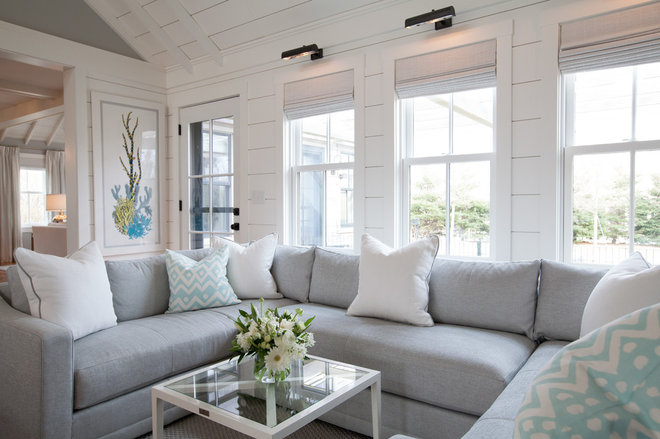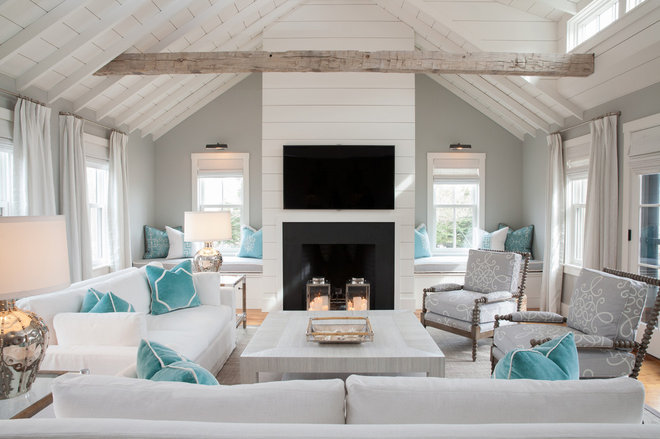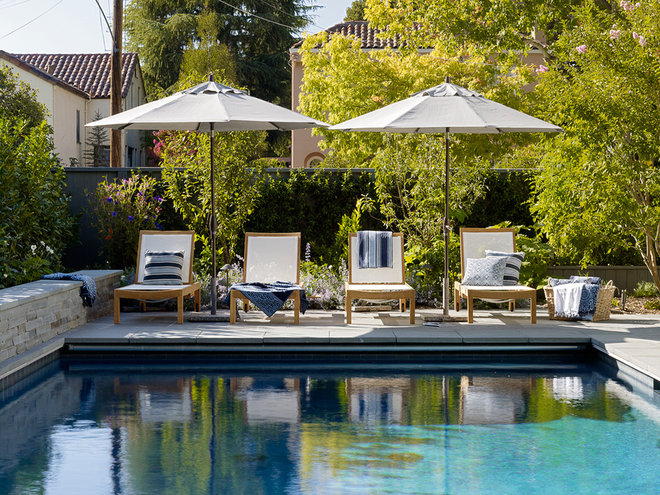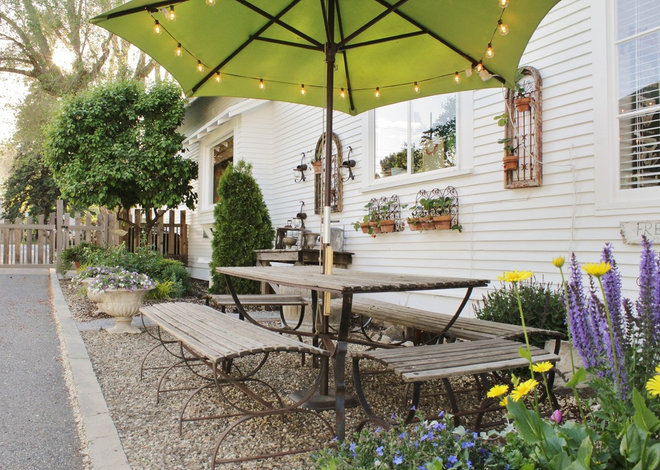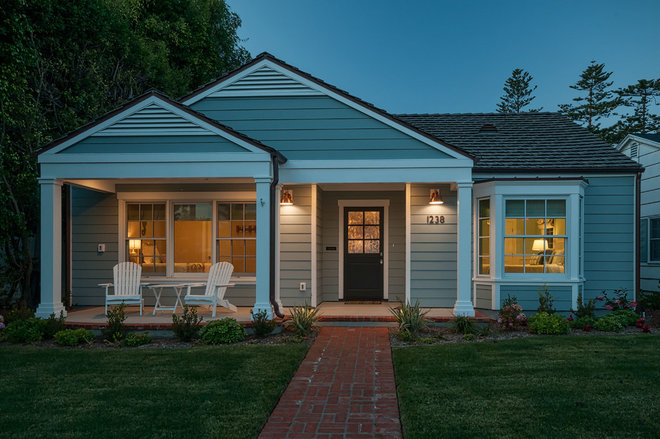Baisakhi Roy
It’s beginning to look a lot like a hot, sizzling summer. For those of you raring to get some yard work done, here are some good-to-know facts (and some maintenance myths) before you snap on those gardening gloves.
Dog pee makes your grass lush
Myth
Man’s best friend is not really a fertiliser provider. I have spoken to some homeowners, proud of their lush green blades, bristling bright and dewy in the morning sun, smooth as silk when walked upon barefoot and they are all too glad to share their secret recipe: “we let Murphy pee around the yard once in awhile. It’s great for the grass!”
NOT! Notice those bald spots on that otherwise green vista that is your backyard? Literally termed turf injury or turf death by landscapers, the spots are caused by the nitrogen-containing compounds present in dog urine. Homeowners are thrown by the fact that sometimes there is a rapid growth of tufts of grass where turf injury occurs, but close inspection will reveal that the tufts actually form a ring around a brown, dried out spot.
Other myths birthed from this one are that sprinkling some baking soda or pouring diluted dishwashing liquid over the affected area magically transforms it. Not true. Nothing works except good old water. Keep watering the affected area AND train that pup already!
The best way to avoid urine spots is to have your canine do his business over some gravel or mulched area in your yard and keep your yard hydrated.
Your yard needs a weekly cut
Not a myth
The argument is “How can it hurt”- letting the grass go uncut for a couple of weeks can’t harm the yard too much, can it? In fact, letting the grass grow beyond a week without a trim makes the quality of the grass stringy and limp.
You want your grass to be substantial and luxuriant. If you let your grass grow too long, chances are that when you do actually cut, you might cut too much. This opens up your lawn to all sorts of weed damage or various diseases affecting grass owing to a piece of the leaf being removed-the surface determines the plant’s food production during photosynthesis. Removing too much of the leaf surface affects root growth, draws on stored energy in the roots and essentially starves the grass. So if you want that lovely golf course grass, don’t mow once but TWICE a week!
Watering by hand is more effective
Not a myth
There is such a thing as too much water for your yard. For starters, your fertilizer may get washed away, so that’s a waste and your plants will suffer. Too much water will also cause your grass to grow at a faster rate than usual which leads to the danger of scalping (cutting your grass so low that you expose the stems of the grass blades) which causes weed growth, disease and generally lacklustre grass.
The stores are choc a bloc with sprinklers, irrigation systems and moisture meters that can help you with your watering problem but why not save a chunk of change and hand water your lawn with a simple garden hose fitted with a good quality nozzle!
And to bust another myth, using automated irrigation systems doesn’t actually help conserve water. These systems are usually water your yard every few days and some yards don’t even need that much water-especially this year when regular and consistent rain has pretty much ensured that you don’t need to turn that tap on.
If you are a seasoned gardener and know how much water each of your plants need (stores like Home Depot and Terra have exhaustive guides about quantity and time of watering), then the best non-wasteful way of hydrating your lawn is the thumb-over-hose technique where you can control the amount you spend.
Did you know that potted plants need specific amounts of water as do shrubs and flowering plants? Mature trees don’t even need too much water. Plus watering them by hand gives you a sense of ownership, not to mention the therapeutic benefits of being one with your flowers and trees while taking in the outdoors.
Your bee-friendly garden is harmless
Myth
Yes, they need us and we must do our part in increasing their tribe. The majority of Canadian bees (over 800 species!) come in a wide variety of colours and do not sting. Moreover, species like the bumblebee for example who are ground nesters pollinate tomato plants and other ground nesters like orchard or leaf-cutter bees help improve the quality of the soil with their burrowing action which in turn helps the water churn around in the soil and mix up all the nutrients. They are making our yards healthier and in turn we build them bee baths, make colourful houses to attract them and plant plants like lavender, crocus and foxglove to feed them nectar – their favourite food.
But scientists have raised the red flag when it comes to picking up plants from your local retailer who may or may not be using harmful pesticides on their plants. A couple of years ago, bee-friendly plants from popular home stores across the U.S. and Canada were found to have a dangerously high amount of neonicotinoids which are toxic for bees and other pollinators.
A study released in 2014 by Friends of the Earth Canada showed that over 60 percent of “bee-friendly” home garden plants sold at garden centers had been pre-treated with neonicotinoids (neonics) pesticides shown to harm and kill bees.
The best way to get around this problem is to buy organic plants and to get pesticide-free flowers is to do your research. There are bee-friendly nurseries and seed companies in every major city in Canada and if you are willing to make that extra effort to source out these plants, the bees will thank you for it. So will your yard.
Clovers are bad for your yard
Myth
See those clusters of clover that spring up between your shrubs and sometimes pat in the middle of your perfectly manicured grass? Turns out they’re good for your yard!
Despite the fact that a lot of weed killers in the market are designed to kill these clovers, they actually are a good weed. They supply nitrogen to the soil (and therefore act as a natural fertilizer) and the pretty white flowers that sprout from them attract insects and help in pollination. Also, when large swathes of your yard tend to dry up and go brown while being knackered by the sun on especially hot days, the clover remains green and lush. And remember our problem with dog urine on our grass? No effect on clovers. Win!
Other weeds that are not so great for the yard and have quite the ominous names include the Dodder (also known as the strangler for its ability to curl around adjacent plants and squeeze the life out of them), ragweed (the source of most annoying allergies) and bindweed (you need to pour boiling water on this one to kill it!) among others. The clover sounds pretty sweet right about now, doesn’t it!
Maintaining a flourishing and Sylvan yard looks complicated but it is achievable. All it needs is the right set of tools, an environmentally friendly mindset and some dedicated research. Do you have a lesser-known tip that has worked wonders for your yard? Share the bounty!
www.teambluesky.ca

